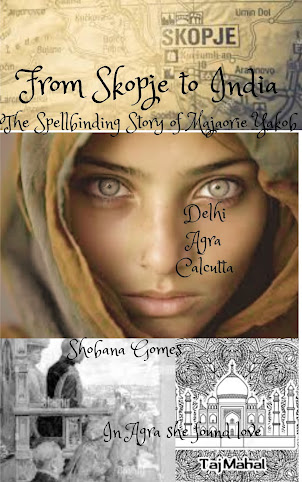I came across The Dutch Golden Age and The Baroque Movement while reading up on the 17th-century Renaissance - a fascinating era that gave rise to my book, An Author of the Past. The Renaissance was a revolutionary era inspired by aristocracy, style, literature and artistic creations.
The Dutch Golden Age also occurred in the 17th century, between 1588 and 1672. It was an era of immense economic, political, scientific, and cultural flourishing in the Netherlands.
The art produced in the Dutch Golden Age is often called Dutch Baroque. It has distinct characteristics set apart from the mainstream, Catholic-influenced Baroque that flourished in Italy, Spain, and Flanders (Southern Netherlands, which remained Catholic).
The Baroque movement began in the early 17th century, Rome, as a response to the Protestant Reformation by the Catholic Church. From there, it spread across Europe.
The Baroque movement was a dominant style of art, architecture, music, and other arts that flourished in Europe from the early 17th century until the mid-18th century, and was the first visual style to have a significant global impact through European colonial initiatives, mainly, Light and Shadow (Chiaroscuro & Tenebrism), a crucial tool for creating drama and modeling forms. The art created strong contrasts between brightly lit areas with deep shadows, and showcased dramatic spotlights on figures or elements (from dark backgrounds), producing an illusionistic effect where light sources are seen to come from the artwork itself or an unseen divine source.



